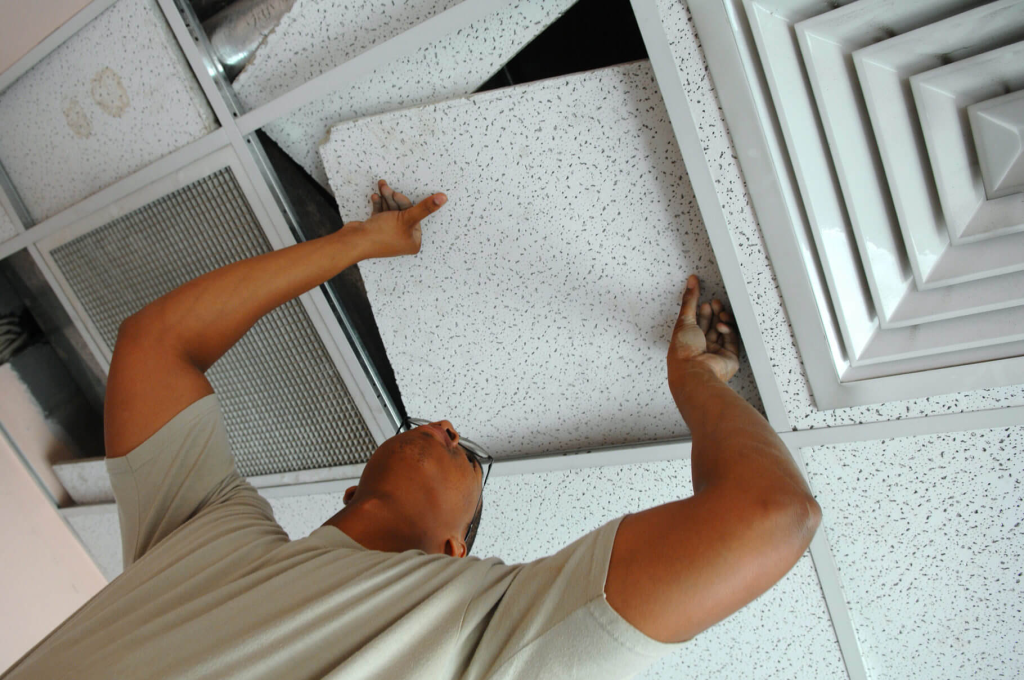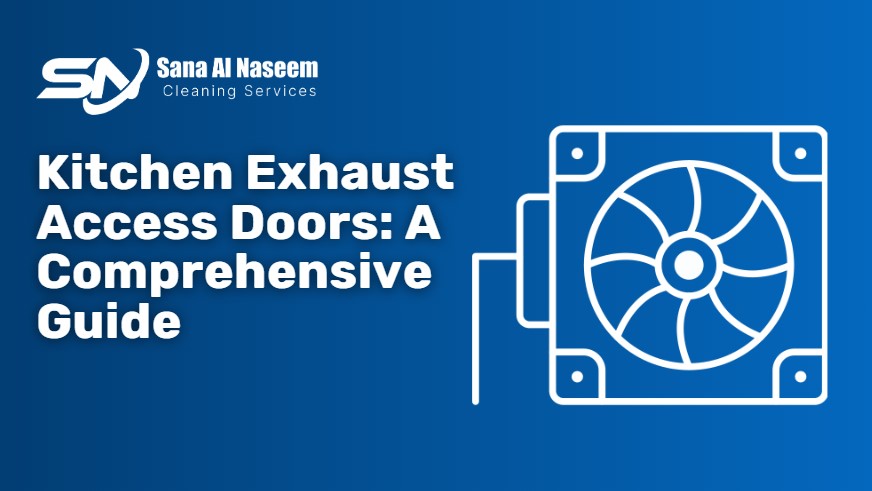A kitchen exhaust access door is a crucial component that facilitates easy access to the kitchen exhaust fan. This door proves invaluable for tasks such as fan cleaning, filter replacement, and troubleshooting. In this article, we delve into the various benefits of a kitchen exhaust access door, explore the different types available, provide a step-by-step guide on installation, and discuss essential maintenance tips.
Benefits of a Kitchen Exhaust Access Doors
A kitchen exhaust access doors offers several advantages, including:
- Improved Ventilation: Enhances the removal of cooking fumes, smoke, and pollutants, thereby improving air quality.
- Reduced Noise: Acts as a noise barrier when closed, benefiting those in apartments or close living quarters.
- Increased Energy Efficiency: Prevents warm air from escaping, reducing the energy required for heating.
- Prevention of Mold and Mildew Growth: Maintains a less humid environment, discouraging mold and mildew.
By installing a kitchen exhaust access door, you contribute to a healthier, more comfortable, and energy-efficient kitchen environment.

How to Install a Kitchen Exhaust Access Door
Installing a kitchen exhaust access doors is a straightforward process that can be completed in a few hours. Ensure you follow these steps carefully:
Materials Needed:
- Kitchen exhaust access door
- Screwdriver
- Drill
- Saw
- Level
- Stud finder
- Silicone sealant
Instructions:
- Measure the opening and cut the door to size if necessary.
- Mark hinge locations on the door and wall.
- Drill holes for the hinges.
- Attach hinges to the door and wall.
- Install the doorknob.
- Apply silicone sealant around the door edges.
After installation, test the door to ensure smooth functionality, checking for any binding or sticking.
How to Maintain a Kitchen Exhaust Access Door
To keep your kitchen exhaust cleaning access doors in optimal condition:
- Clean the door regularly with mild detergent and water.
- Inspect for damage or wear, and repair or replace as needed.
- Keep the door closed when not in use to prevent dust and dirt accumulation.
Following these tips will extend the door’s lifespan and ensure its efficient operation.
Common Problems and Troubleshooting
Common Problems:
- The door not closing properly.
- The door sticking.
- The door leaking.
- The door making noise.
Troubleshooting Tips:
- Check power supply and switch.
- Inspect door alignment, hinges, and seal.
- Use lubricant for sticking issues.
- Seal edges with sealant for leaks.
- Tighten screws or replace hinges for noise problems.
If issues persist, consult a qualified technicians of environmental services for assistance.

